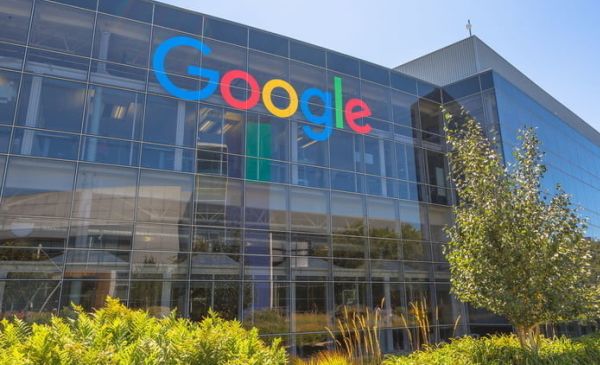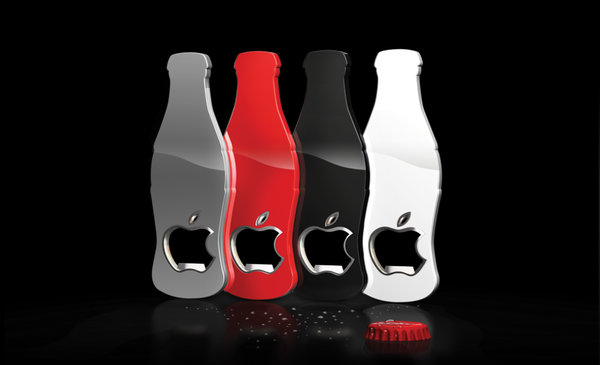Brand rankings remind me of college rankings. (I worked as a college admissions volunteer leader for years.) Each ranking entity establishes its own ranking based on its own criteria weighted in its own way. Some focus on overall rankings, while others focus on rankings within certain categories. The rating entities jockey for brand position just as the brands they rate do.
US News and World Report ranks Harvard, Princeton, Yale, Columbia and Stanford as the top five national universities. In its separate national liberal arts college ranking, Williams, Amherst, Swarthmore, Middlebury and Wellesley make the top five.
Forbes ranks the following as the top five among America’s top 50 colleges: Williams, Princeton, Amherst, United States Military Academy and MIT.
Newsweek lists the 25 Hottest Universities in a variety of categories. For instance, it lists Cornell as the Hottest Ivy, Eastman School of Music as the Hottest Music School, Harvard as the Hottest for Rejecting You, Johns Hopkins as the Hottest for Pre-Meds and Georgetown as the Hottest Big-City School.
Princeton Review also ranks top colleges in different categories. For instance, it names Georgia Top Party School, Brown Happiest Students, Bowdoin Best College Food and Sewanee Most Beautiful Campus.
The Fiske Guide rates private school best buys and public school best buys (many colleges listed in each category).
Entrepreneur lists the top undergraduate entrepreneurial colleges (Babson, Houston, Arizona, Baylor and Temple are the top five) and the top graduate entrepreneurial colleges (Babson, Southern California, Drexel, Tulane and Rice).
College Prowler lets the students themselves rate their own colleges. It provides a variety of top ten lists including Most Beautiful Campuses (Boston College), Vegetarian/Vegan Friendly Schools (Humboldt State University) and Cheapest Schools (United States Air Force Academy).
The rankings tend to change somewhat from year to year but the same schools seem to comprise the top 50 overall and by category across a variety of ranking systems over time. A very small subset of up-and-coming schools that climb in the rankings over time seem to be the exception to the pattern of a fairly stable group of schools that move up and down relative to one another for top honors each year.
Brand rankings seem to be similar in many ways.
While 24/7 Wall Street lists Standard Oil (ExxonMobile), Ford Motor Company, Sears, Kodak and Coca-Cola as the top five Greatest Brands in American History, other rankings focus on a somewhat different groups of brands based on different criteria. Interbrand lists the five Best Global Brands as Coca-Cola, IBM, Microsoft, GE and Nokia based on its 2009 brand valuation methodology, while Millward Brown Optimor lists Google, IBM, Apple, Microsoft and Coca-Cola as the five Best Global Brands based on its 2010 brand valuation approach. Brand Finance® Global 500 ranks the following brands as the top five based on its brand valuation model: Wal-Mart, Google, Coca-Cola, IBM and Microsoft. CoreBrand’s BrandPower ranking puts Coca-Cola, Johnson & Johnson, Hershey, Campbell Soup and Hallmark Cards in the top five.
Most of the aforementioned brand rankings rely on brand asset valuation or market capitalization or both as the primary criteria. Other criteria might include brand longevity, customer loyalty, global presence, brand awareness, price premium commanded by the brand, brand distribution and total unit sales.
If I were to pick my list of the top five brands based on a gestalt view rather than a specific set of criteria, they would include the following (in no particular order):
- Apple (strong brand essence/personality, continuous innovation, intuitive customer-centric solutions, loyal customer base, commands a significant price premium, significant buzz among the general population, positive momentum, significant market capitalization)
- Coca-Cola (longevity, category dominance, extremely high awareness, extensive global distribution, backed by significant marketing efforts, high market capitalization)
- GE (longevity, historical master brand strategy, well run company, superior products, high market capitalization, backed by a history of strong marketing efforts)
- Toyota (global presence, market share leadership, customer-focus in vehicle design, high customer satisfaction and loyalty, first to launch successful hybrid cars, simple and consistent brand architecture, consistently leads in independent vehicle rankings over time)
- McDonalds (extensive global distribution, consistent brand identity over time, most recognized brand symbol in the world, dominance within its category, history of strong marketing efforts, continuous evolution of the brand’s product offerings)
One might argue with me on any of these brands, especially Toyota, which has been plagued with recall problems recently, and McDonalds, which has had to deal with the book Fast Food Nation and the movie Super Size Me. However, I believe both brands will recover well and be around for some time to come.
I believe the following lead to strong brands:
- Customer focus, intimacy and insight
- The brand’s values align with its target customer’s values
- High quality standards
- Continuous innovation
- A carefully engineered customer experience
- Customer engagement
- A well-managed company (financial, talent, business model and competitive strategy)
- Employees understand and actively support the brand’s promise
- Consistent brand identity over time
- Consistently strong marketing and sales efforts over time
- Extensive distribution
Companies that do each of these well over time are almost certain to rise in brand rankings, even if the rankings are based primarily on brand asset valuation or market capitalization.
The Blake Project Can Help: Accelerate B2C and B2B Brand Growth Through Powerful Emotional Connections
Branding Strategy Insider is a service of The Blake Project: A strategic brand consultancy specializing in Brand Research, Brand Strategy, Brand Licensing and Brand Education





3 comments
Nick Stamoulis
October 18, 2010 at 8:00 am
Brand rankings much like the college rankings seem like they will always vary because criteria varies depending on who is doing the ranking. However interestingly, I noticed that Coca Cola remained consistently on each list. That goes to show that some brands no matter what the criteria fit the bill.
James Gregory, CEO, CoreBrand
October 18, 2010 at 8:19 am
Very interesting article. One comment, CoreBrand has very specific criteria around the brand ranking. It is a quantitative research driven base with metrics that tie it to market capitalization. CoreBrand’s ranking is the % of market cap attributable to the corporate brand. Our ranking represents “hardest working” corporate brands.
TM
October 18, 2010 at 11:38 am
Fascinating stuff. My one argument would be that Toyota’s flawless weathering of their recall problems showed the true power of the brand. Surviving adversity is probably the best measure of a brands pervasiveness and durability there is.
Comments are closed.